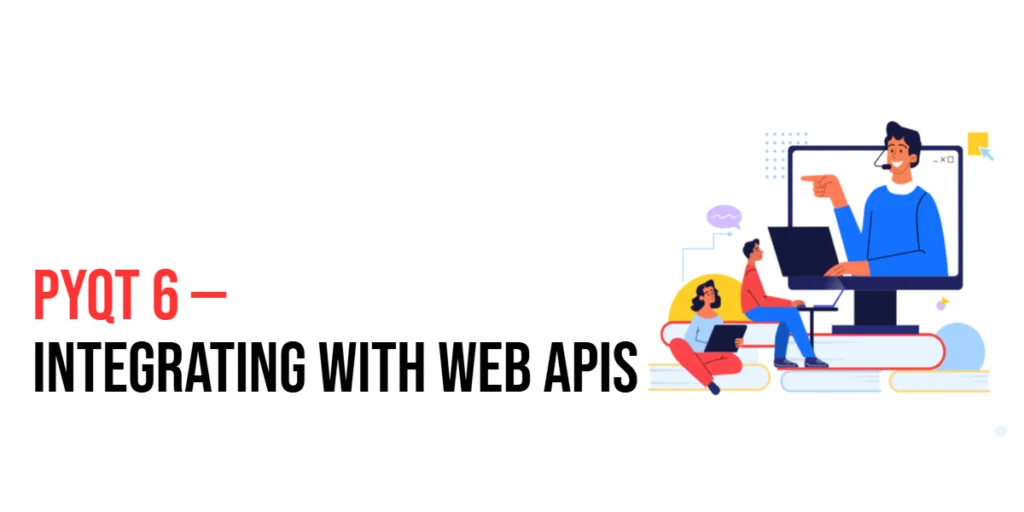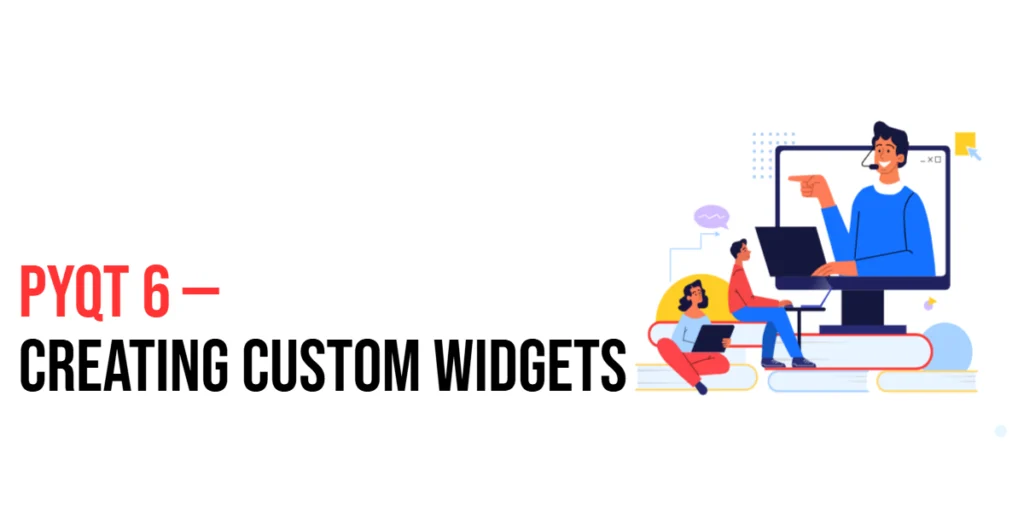PyQt6: Integrating with Web APIs
Integrating with Web APIs allows your applications to access a wealth of external data and services, from weather forecasts to financial data. PyQt6 provides tools to make HTTP requests and handle API responses, enabling you to create dynamic, data-driven applications. This article will guide you through the process of integrating Web APIs with PyQt6, from […]
PyQt6: Integrating with Web APIs Read More »









